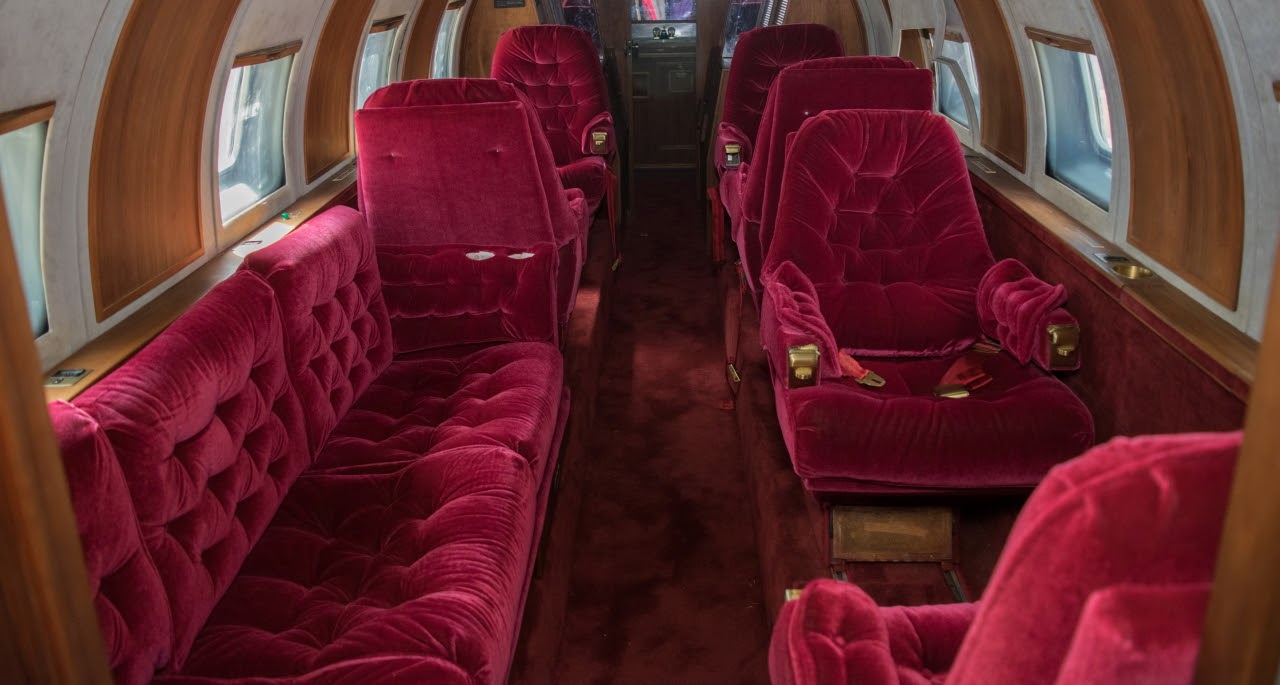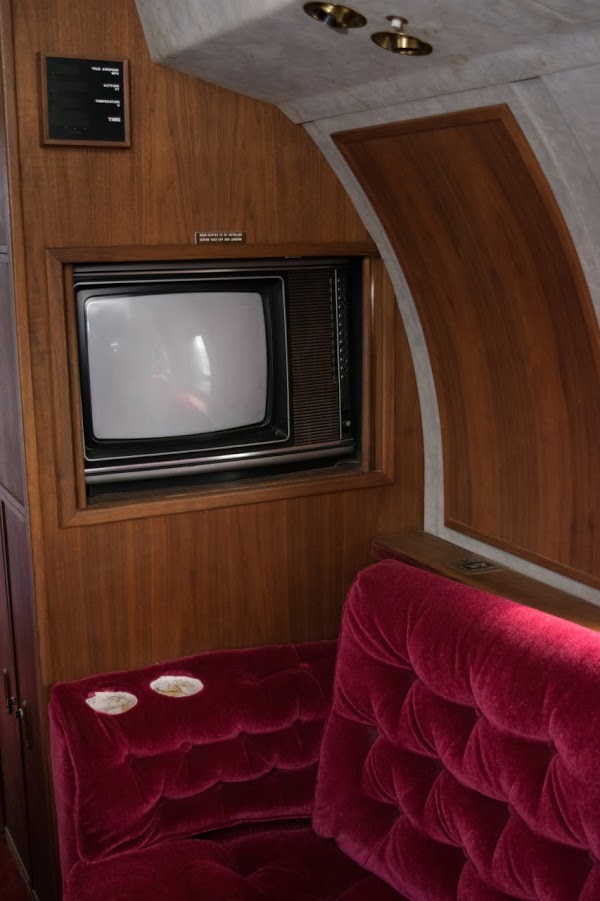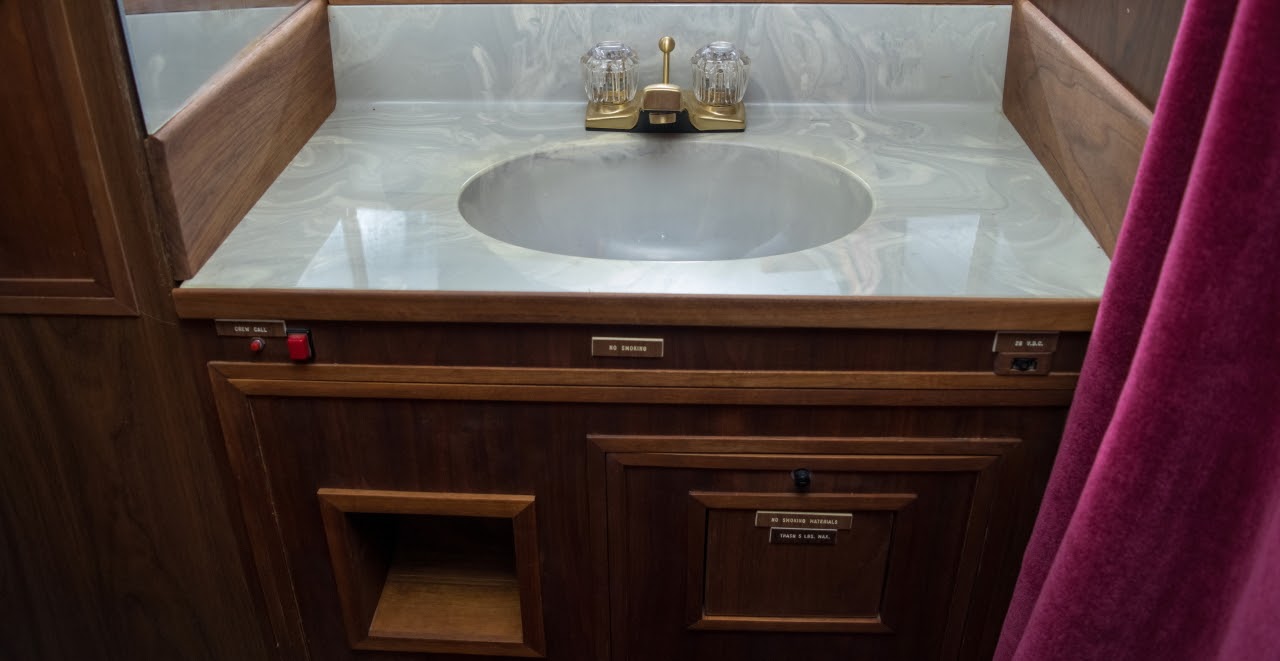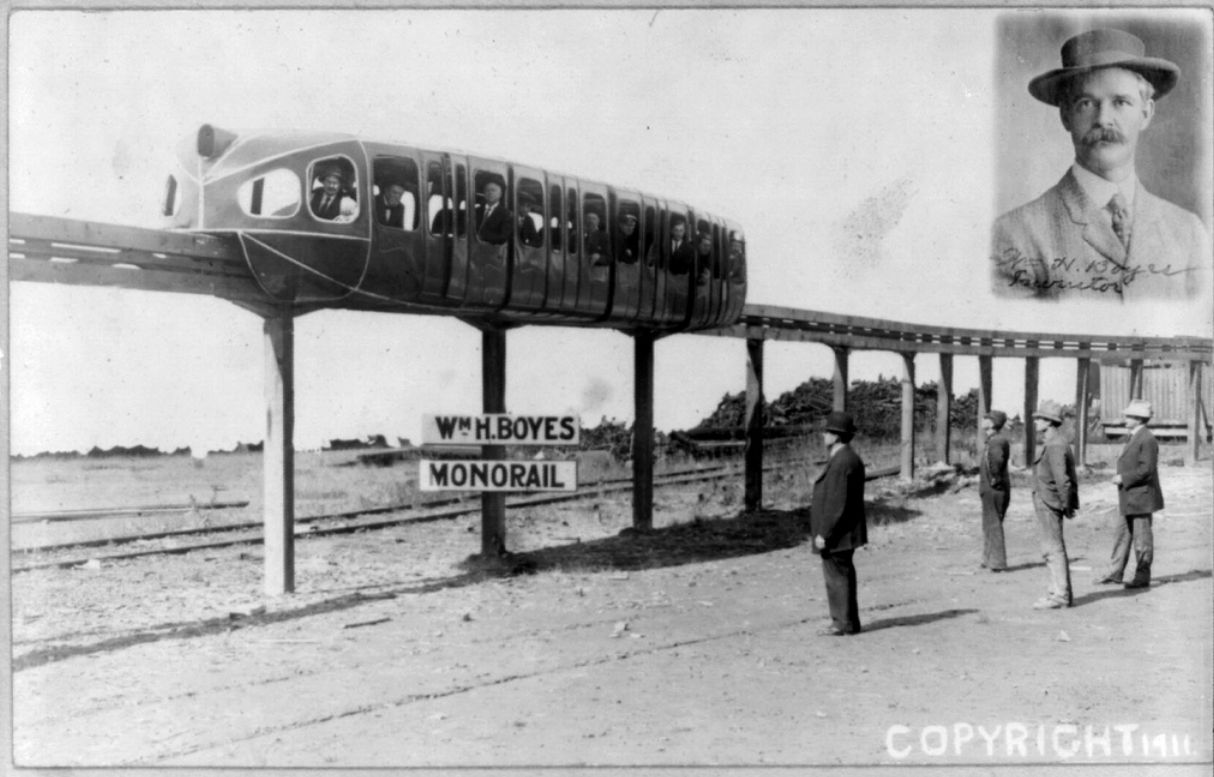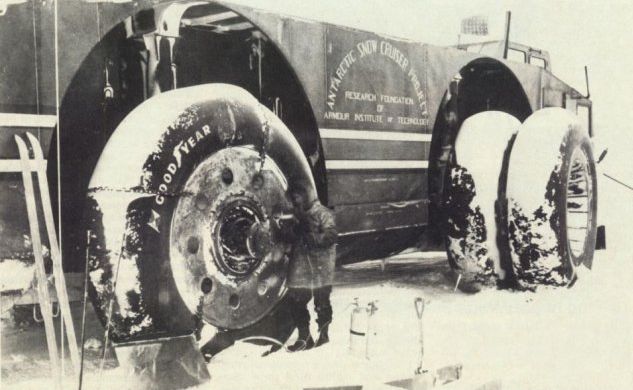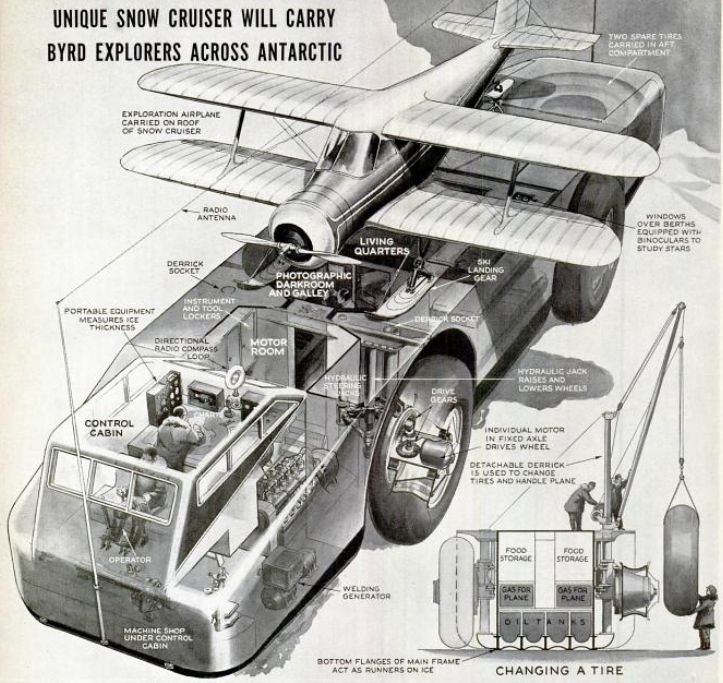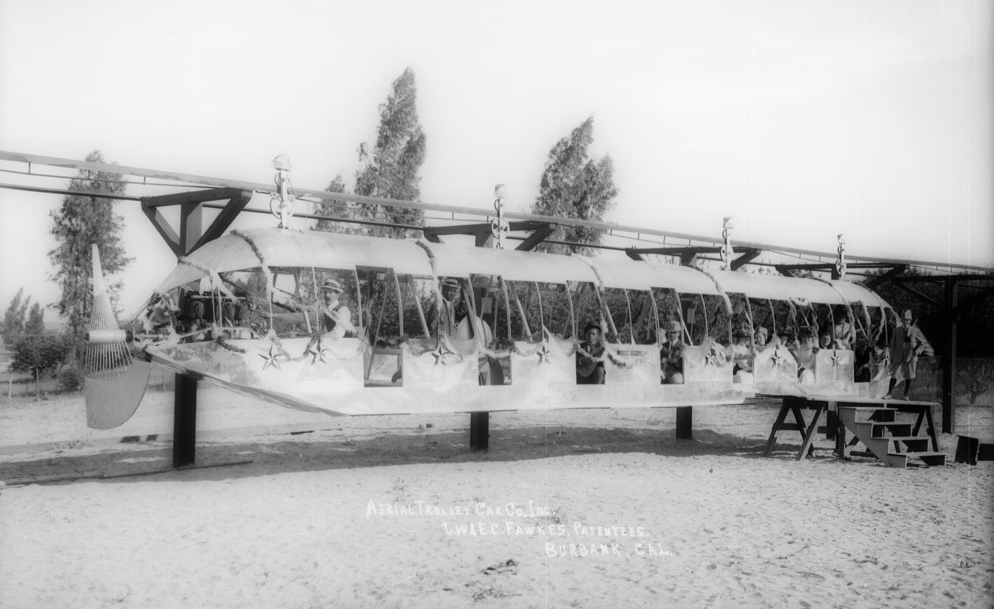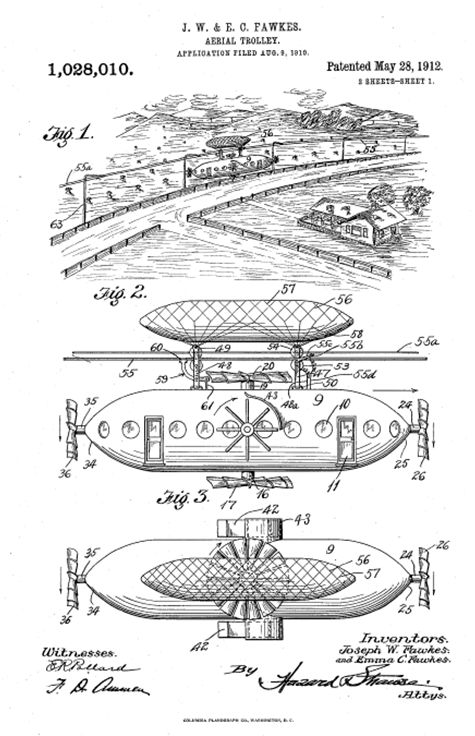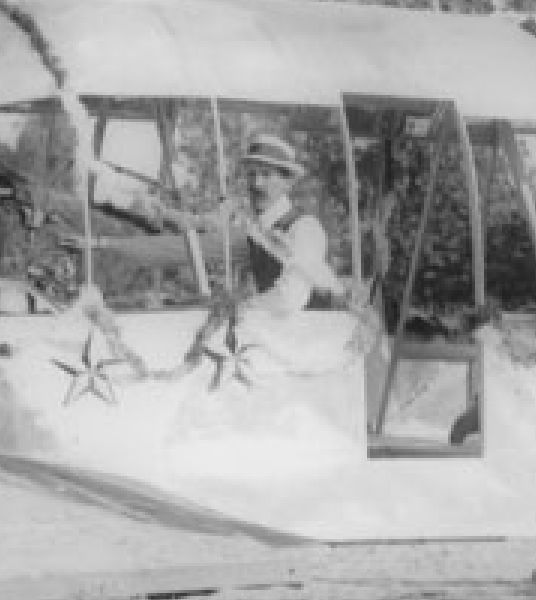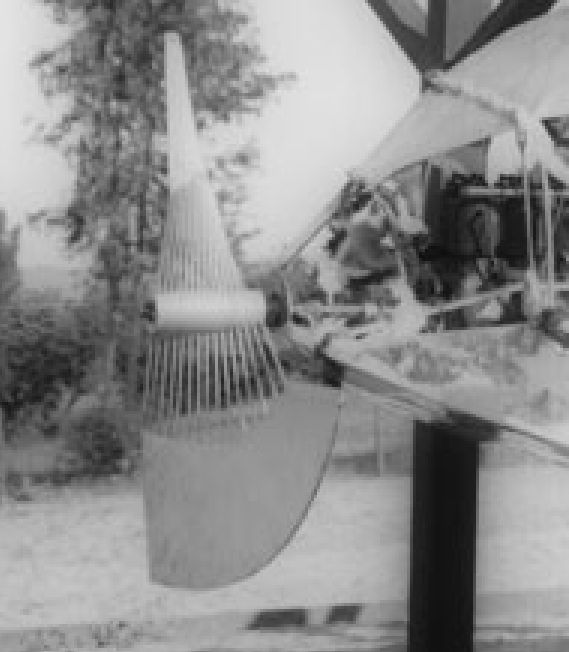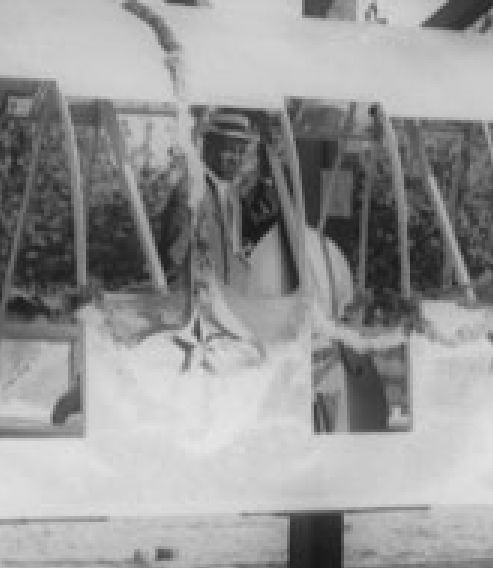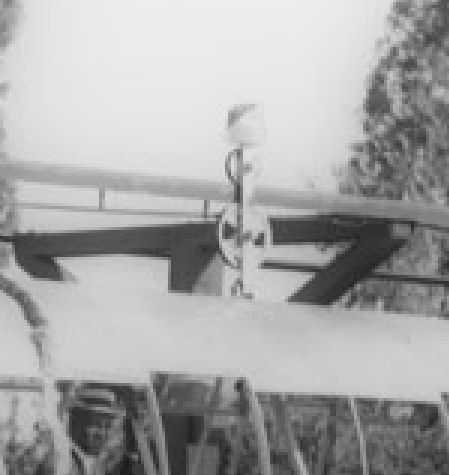The Year 2000–as it was called before 2000–is looking awfully distant with each passing year. Will it ever happen? And what I mean by this is the chasm between what was promised and what we’ve got: the old “Where’s my jetpack?” meme. Or, “I wanted cars in tubes but all I’ve got is Twitter.”
Yes, cars that travel in tubes. This one comes from the engineers at Honeywell, in the 1950s a cutting-edge company sprouting all sorts of innovations. This photo, from Popular Mechanics, December 1957, comes with no context other than the caption, “Honeywell engineer predicts that by A.D. 2000 cars will zip through network of crashproof pneumatic tunnels.”

